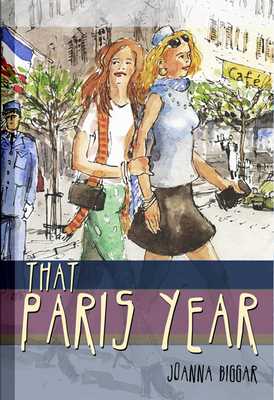This title, in a bow to the famous book by Gabriel García Márquez, is intended to draw attention to two major features of Love in the Time of Cholera: the marvelous love affair of two very old people in an ancient, unspoiled environment. The resemblance to my own story is slight, but evocative. Márquez’s lovers are very old and find themselves in the fecund embrace of the Amazon jungle. My husband and I first came a few years ago as a less old amorous pair to an ancient city in Southern France, Aix-en-Provence, and fell in love with it. We have returned many times to renew our bonds of affection.
But this year we came in the time of canicule—heatwave, extreme weather—and find our affection tested. Rather than the overpowering humid heat of the jungle, our beloved city faces desiccation, thirst, withering. It is a city transformed.
One of our great pleasures in Aix has always been to wander the narrow streets, with medieval towers and arches bordering Renaissance beauties, such as the great clock tower in the central square, and running along side the graceful private houses of the 17th and 18th centuries, with their massive wooden doors and elegant staircases. We’ve taken comfort from the sun in their shadows and warmth from the cold in heat of their walls, reflected in the earth tones of their colors—pink, yellow, beige, terra cotta. 
But in the canicule, their passing heat creates an oven, their contours quiver, and beneath, cobblestones and marble of the streets appear to melt. We are dizzy in this present, trying to find our breath.
The fountains, for which Aix is famous, reflect this new reality. In many the usual welcoming sprays are reduced to a trickle. An exception is the most famous fountain, the Fontaine de Quatre Dauphins, on rue Cardinale. After a recent renovation, it is gushing with water from the mouths of its Four Dolphins, and residents are taking advantage of it by plunging in.
At the other extreme is the fountain at the base of the statue of the “Good King,” Roi Réné, who stands as protector of his city at one end of its main, wide boulevard, the Cours Mirabeau. Among other things, Réné was a poet who enjoyed poetic sparring with his famous cousin, the Duke Charles d’Orléans, himself a renowned poet. One of Charles’ celebrated poems, Je Meurs de Soif Auprès de la Fontaine (“I Die of Thirst next to the Fountain”) perhaps finds new meaning here. Hot and thirsty citizens sit under a sparing shade at its bone-dry edge.
Everywhere we turn, it seems, we are confronted by Aix’s altered state, exacerbated by the hot sirocco winds from North Africa. At the beautiful Caumont Centre d’Art, the formal French garden with its maze, on fine days filled with visitors, is empty.
Inside, the paintings of Nicolas de Stael, featuring his year in Provence (1953-54), reflect the burning colors of the region, the colors of canicule.
At a party organized by friends in the neighboring town of Puyricard, the Provençal feast is interrupted for a great celestial moment as we watch the close passage of Mars. The Red Planet. The Burning Planet.
is interrupted for a great celestial moment as we watch the close passage of Mars. The Red Planet. The Burning Planet.
As the night sky is transformed, so is the city we have come to love, as we experience it through unforgiving, shimmering heat. It feels a tinge desperate, newly exposed, its drying façades showing cracks like lines in old skin. Like ours.
So, in heat, are we still in love? The charms of Aix—its beauty, music, art and architecture, its high culture, its books—are all still there. As are dear friends. Of course, we would prefer to return to them in temperate weather, under blue skies with a hint of breeze. But we now know, the heatwave is everywhere. Europe, from Scandinavia to Greece, is burning. Islands and coast lands are drowning. Giant storms spawn terror on land and sea. The Amazon forest, “lungs of the Earth,” vastly deforested, bakes and struggles to breathe. Our homeland, California, is in flames.
So will we return to this alternate Aix? Again and again, as long as we are able. We, a late-married couple, understand especially that the vows of love are taken “for better or for worse.” That includes Love in the Time of Canicule.



